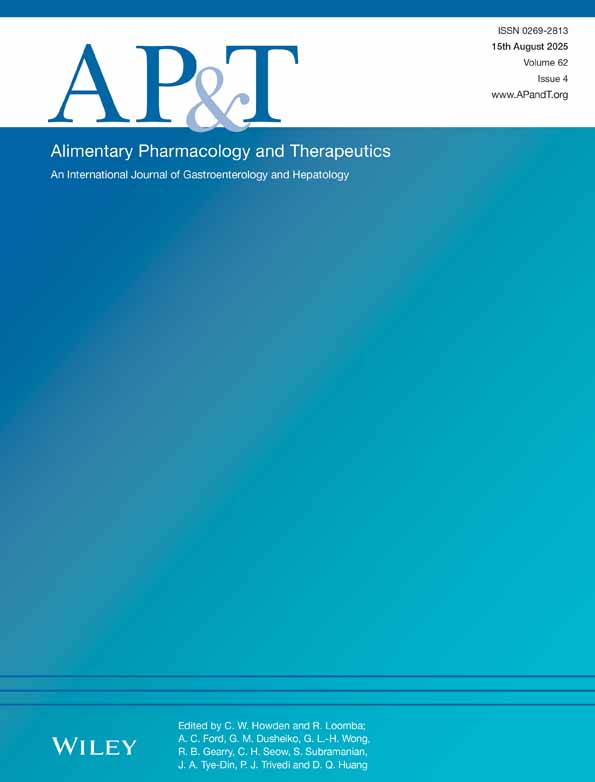Racecadotril demonstrates intestinal antisecretory activity in vivo
Abstract
Background Racecadotril (acetorphan), a potent enkephalinase inhibitor, protects endogenous enkephalins from degradation. Racecadotril exhibits experimental and clinical antidiarrhoeal activity without any effect on intestinal motility, suggesting selective antisecretory activity. The antisecretory effect of racecadotril was directly assessed in the present study.
Methods A 1 m, jejunal, Thiry–Vella loop was created in six mongrel dogs, and water and ionic fluxes were evaluated during infusion (2 mL/min) of Tyrode solution labelled with 14C-polyethylene glycol. Fluxes were determined both in the basal state and 5–6 h after commencement of a 2-h infusion of cholera toxin (0.4 μg/mL). Racecadotril (10 mg/kg) or vehicle was given orally with and without prior intravenous administration of naloxone (0.1 mg/kg) or phentolamine (0.2 mg/kg).
Results Basal absorption remained unchanged following racecadotril administration; however, racecadotril significantly decreased (P = 0.01) cholera toxin-induced water, sodium, and potassium hypersecretion, from 0.73 ± 0.15 to 0.37 ± 0.13 mL/min; from 125.0 ± 16.1 to 14.7 ± 9.5 μMol/min; and from 3.41 ± 0.66 to 1.66 ± 0.61 μMol/min, respectively. This antisecretory activity of racecadotril was suppressed by naloxone but not by phentolamine.
Conclusions This study directly demonstrates the antisecretory activity of racecadotril in relation to the protection of endogenous enkephalins.




